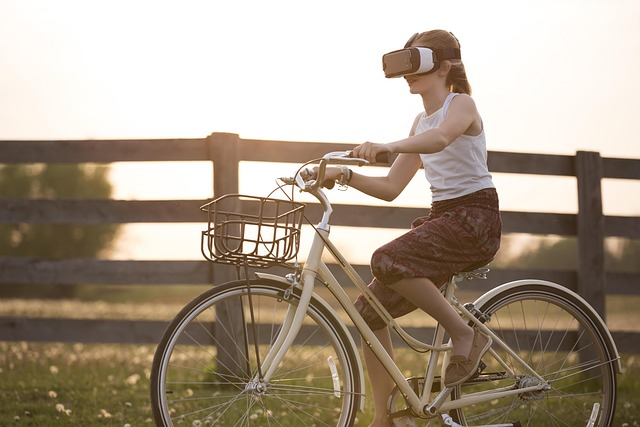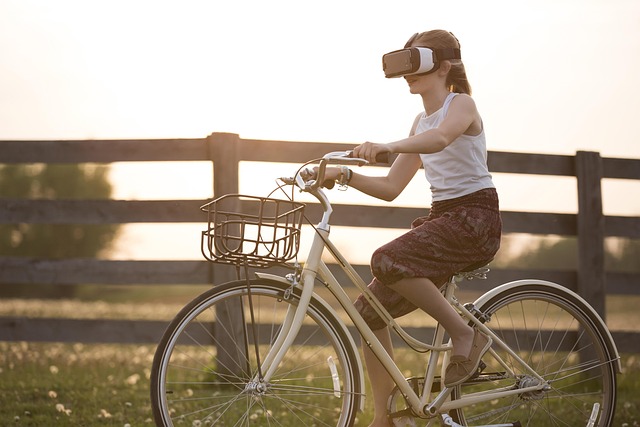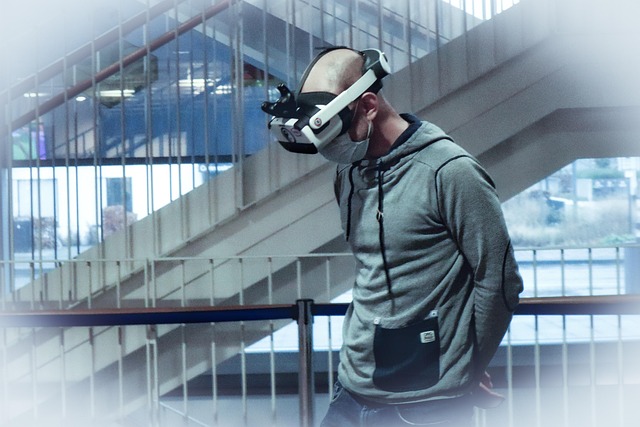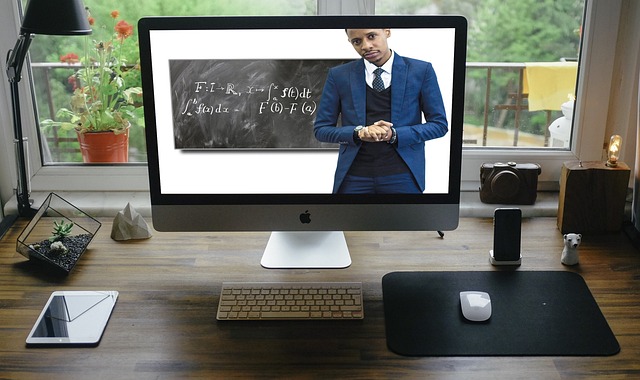Unlocking the Potential: Virtual Muscle Memory in Interaction with Virtual Reality, Augmented Reality, and the Metaverse
The rapid evolution of technology has opened up new horizons for human interaction, particularly through the realms of Virtual Reality (VR), Augmented Reality (AR), and the Metaverse. These immersive technologies are not simply tools for entertainment; they have the potential to fundamentally alter how we learn, interact, and even remember physical movements. One of the most fascinating concepts emerging from these advancements is that of virtual muscle memory.
Virtual muscle memory refers to the way our physical body can learn and adapt to movements in a virtual environment, akin to the way our body learns in the real world. Imagine donning a VR headset and engaging in a complex activity like rock climbing or dancing. Initially, your movements may feel clumsy, as if you’re trying to learn something brand new. However, as you continue to practice within the virtual space, your body begins to internalize these movements, creating a form of muscle memory that transcends the physical realm.
This phenomenon isn’t limited to VR alone. In the world of Augmented Reality, the boundaries between the digital and physical realms blur, allowing users to interact with virtual elements superimposed on their environment. For instance, AR training applications can help surgeons practice complex procedures by overlaying virtual organs and tools over real-life scenarios. As the surgeon engages repeatedly with these virtual tools, they develop a familiarity that enhances their skills in actual surgeries, illustrating how virtual muscle memory can lead to real-world proficiency.
As we step into the Metaverse—a collective virtual space that aims to integrate various elements of both AR and VR—the implications of virtual muscle memory grow even more exciting. The Metaverse offers a universe where individuals can socialize, work, and play in highly interactive ways. Picture playing a virtual sport with friends from around the globe. Each movement—be it swinging a racket, shooting a basketball, or dancing—can be replicated repeatedly. Over time, your body begins to respond intuitively to these movements, thanks to the immersive training your senses have been exposed to. You learn not just through observation but by doing, solidifying skills that can carry over into real-life scenarios.
The idea of harnessing virtual muscle memory extends beyond simple games and entertainment; it can revolutionize training and education. Consider how athletes use VR to refine their techniques, practicing movements in a simulation that mimics competitive scenarios. This immersive practice allows them to visualize their performances, enhancing their physical responses and decision-making skills when it truly matters. Similarly, educational institutions are experimenting with VR and AR tools to enrich learning experiences. From virtual laboratories to historical reenactments, students can engage with content in a manner that solidifies their grasp of complex concepts, paving the way for a deeper understanding.
Moreover, the emotional impact of developing virtual muscle memory in these environments cannot be overlooked. The inherent rewards of mastering a skill—be it the thrill of scoring in a virtual basketball game or successfully navigating a challenging AR puzzle—can create a sense of accomplishment. This emotional connection enhances the learning experience, making the process not only practical but enjoyable. As users reflect on their progress, they begin to associate the digital space with positive achievements, further encouraging them to hone their skills.
As we explore the implications of virtual muscle memory in VR, AR, and the Metaverse, we are only scratching the surface. The potential for personal and professional growth is vast, and as technology continues to advance, our interactions with the digital world will undoubtedly evolve. We stand on the brink of a future where our physical skills can be enhanced through virtual experiences, illustrating the powerful synergy between technology and human capability.




